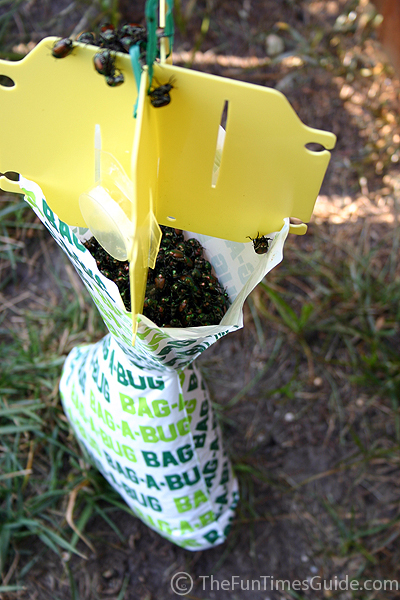 |
| Use this information responsibly. Image from Barf Blog, a blog dedicated to food poisoning. |
The answer to "A cost-effective method to collect indigenous strains of Clostridium bacteria" is to let nature do it.
 |
| Japanese Beetles are one type of beetle that is attracted to odor lures, often times in numbers better measured in pounds than in individuals. |
According to the University of Minnesota, Japanese Beetles (Popillia japonica)
Activity is most intense over a 6 to 8 week period, after which the beetles gradually die off. Individual beetles live about 60 days. Over 2 months females can lay a total of 60 eggs.
At dusk...the females fly to turf to lay eggs. Females burrow 2 to 3 inches into the soil and lay their eggs.
To put it in other words, each female JB burrows two-to-three inches into the dirt every afternoon for the majority of their sixty day, adult lifespan. A beetle can cover a lot of real estate in two months.
 |
| Look at all the hairs on this Japanese Beetle! It even has twelve extra "brushes" on its hindquarters. Almost as if it was designed to pick up spore samples. This magnificent photo was taken by Tony Northrup |


That would be an interesting approach to sampling, but then you'd have to try to backtrack the beetle...
ReplyDelete